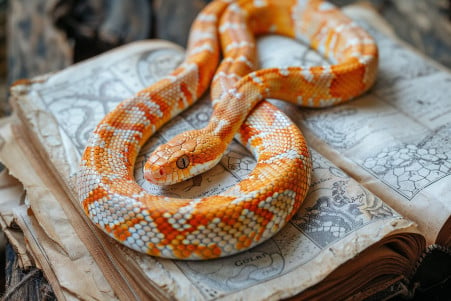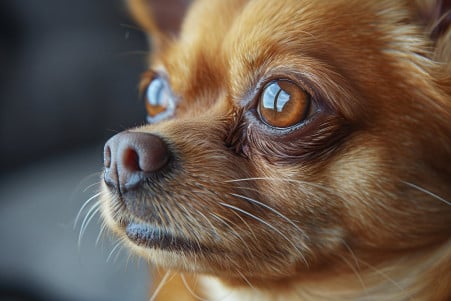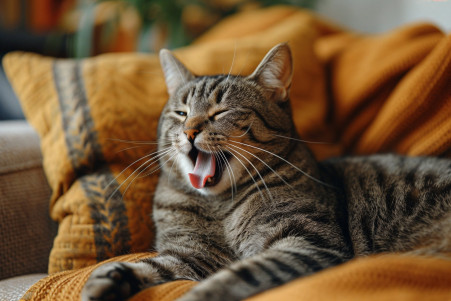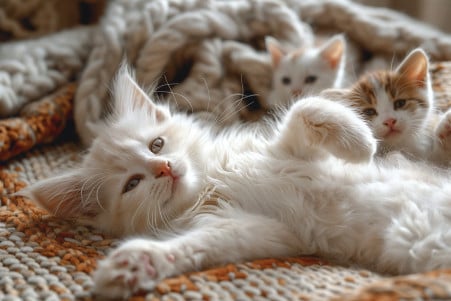Tagged With Science

Did Snakes Have Legs? Tracing Their Evolutionary History
21 February 2024
Snakes are the result of evolution from animals with legs, and they have vestigial limbs and genetic mutations, including in the Sonic hedgehog gene.

Can Dogs Have Souls? A Look at Canine Consciousness and Cultural Beliefs
21 February 2024
Investigating the idea of a dog afterlife through science, religion, philosophy, and personal stories of love and loss.

Can Turtles Drown? Understanding Aquatic Risks for Turtles
20 February 2024
Why turtles are at risk of drowning, their diving physiology, anthropogenic threats, conservation strategies, and why understanding turtle biology is key to saving them.

How Fast Can a Cat Run? Unveiling Feline Speed Capabilities
19 February 2024
House cats can run as fast as 30 miles per hour, and their speed is impacted by a number of things, including anatomy, diet, genetics, and the environment.

Why Do Tarantulas Spin Webs? A Look at Their Silk-Spinning Behaviors
19 February 2024
Tarantulas' use of silk in shelter and threat detection but not in prey capture is consistent with their sensory biology and ability to adapt to different environments.

Why Does My Dog Lick My Hands? Decoding Canine Behavior
17 February 2024
Topics to be covered include why dogs lick people's hands: love, language, medical reasons, and how to stop licking if it becomes a problem.

Can Cat Whiskers Grow Back? The Science of Feline Whisker Regrowth
17 February 2024
Cat whiskers will indeed grow back after they have been lost or cut, but the length of time it takes for them to grow back can depend on a few factors. These include the cat's age, the cat's overall health, and the cat's environment.

Do Dog Whiskers Grow Back? The Science of Whisker Regrowth
15 February 2024
This article discusses the topic of dog whiskers growing back, the different phases of regrowth, things that can impact the rate of regrowth, and why it's important to groom with sensitivity in mind.

How to Get Dog Smell Out of Your Couch: Tried-and-True Methods
14 February 2024
Ways to successfully get rid of the dog smell on your couch, such as using natural solutions, enzymatic cleaners, and buying furniture made of pet-friendly fabrics.

Are Goldendoodles Hypoallergenic? Understanding Allergy-Friendly Breeds
14 February 2024
Goldendoodles’ hypoallergenic status, genetic factors, levels of allergens, and ways to manage allergies if you have one.

Why Do Cats Blep? The Science Behind This Adorable Behavior
13 February 2024
This article discusses the reasons why cats might have their tongues out, including normal activities such as grooming and the Flehmen Response, as well as medical concerns.

How Many Nipples Do Cats Have? Uncovering Feline Anatomy Facts
10 February 2024
Important points about the number of nipples on a cat, including how it develops, why it matters from an evolutionary perspective, and what it means for cat welfare and science.